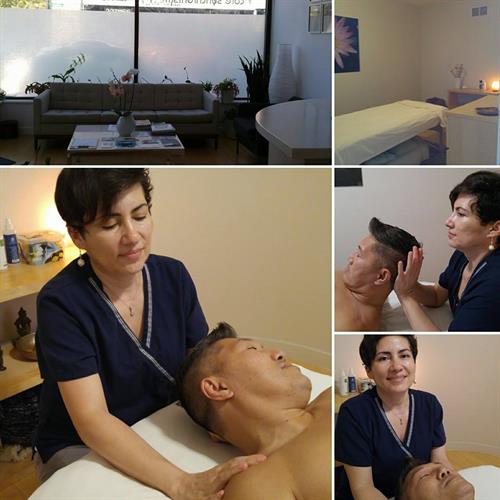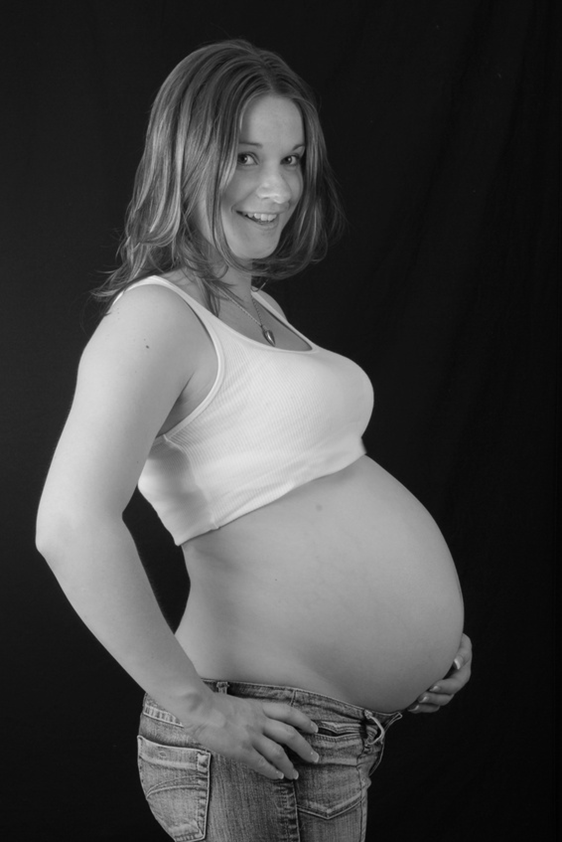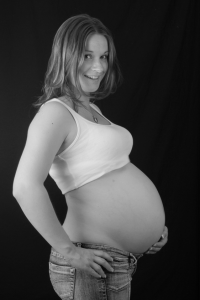Congratulations on your pregnancy, such an exciting time but it also can be a challenging time for you and your body, I am here to help! To feel more energetic, comfortable and positive about your growing body. By treating muscular structure and movement imbalance to restore posture.
Restore postural balance during pregnancy.
Poor posture during pregnancy increases your chances of experiencing lower back and hip pain. Lower back pain can be caused by excessive lumber lordosis. This puts extra strain on the lower back muscles whilst weakening the gluteus (butt) muscles and over tightening the Quadriceps muscles (your thighs). The lack of stability is a functional issue and creating an unstable frame.
The issues stems from what we do or don’t do with our bodies: too much sitting, too much repetitive movement, too little walking, too little variety and not enough frequency of our movements.
While a growing belly tends to throw off your center of gravity, there’s more to it than that. A hormone called relaxin kicks in toward the end of pregnancy. Its main purpose is to loosen the pelvic joints so they are more flexible during labor. But this hormone also works on the hips, knees and ankles. This makes [expectant mothers] more wobbly and achy and likely to fall.
Neuromuscular Therapy recognizes and addresses dysfunctional patterns and adaptation that have taken place to restore postural balance during pregnancy so you have an easier time to maintain it.
Headaches
According to the American Pregnancy Association, experiencing headaches during pregnancy is one of the most common discomforts and complaints. Headaches may occur at any time during your pregnancy, but they tend to be most common during the first and third trimesters.
The best way to deal with headaches is to avoid them altogether. Avoiding tension headaches is easiest when you treat muscular dysfunctional patterns and postural imbalance.
Prenatal Therapy: Expectant mothers in the second and third trimesters also should seek treatment focusing on relieving the areas of pain in an ever-changing pregnant body. Common areas that are addressed include lower back, hip and upper back pain, migraines, pubic symphysis dysfunction, and edema of the legs.
Maintaining Core Integrity During Pregnancy and Postpartum Recovery
Important to know about core stabilization,Transverse abdominals (TrA) is thought to be a significant component of the core. If the TrA muscles are weak, the abdominal wall will begin to bulge forward and the pelvis may rotate forward and increase lordosis ( inward curvature) in the spine and weak muscles will have to compensate. A session will include an assessment of TrA muscles strength and treat compensating muscles.
So it’s important to start activating your TrA along with your pelvic floor muscles as this is the first part in your rehabilitation from your pregnancy, labour and birth.
A few more benefits: Hormone regulation, Reduction of swelling, Improvement of nerve pain (Sciatic Nerve Pain)
- Reduced back pain
- Reduced joint pain
- Improved circulation
- Reduced edema
- Reduced muscle tension and headaches
- Reduced stress and anxiety
- Improved oxygenation of soft tissues and muscles
- Better sleep
Postpartum Therapy: geared toward relief of specific muscle pain and dysfunction, injury prevention and treatment, and post surgical rehabilitation. The goal of treatment is specific pain that can be attributed to during pregnancy or prior to becoming pregnant.
The important role of your core:
Working out with weak and unbalanced core muscles is linked to low back pain. Results in a loss of the appropriate lumbar curve and a swayback posture and weak muscles will have to compensate. A session will include an assessment of TVA muscles strength and treat compensating patterns.
A active TVA and pelvic floor muscles helps you hold good posture whilst you are breastfeeding, carrying and lifting your baby. It will decrease the risk of back and hip pain and reduces possible post pregnancy incontinence.
Once the TVA muscles are active, you can progress to exercises for all the abdominal muscles and the core.
Caesarian Rehabilitation is a treatment specific to new moms who delivered by C-section. The treatment helps scar tissue to remain flexible and prevents it from adhering to the muscle and connective tissue in the abdomen.
[schedule_now]


